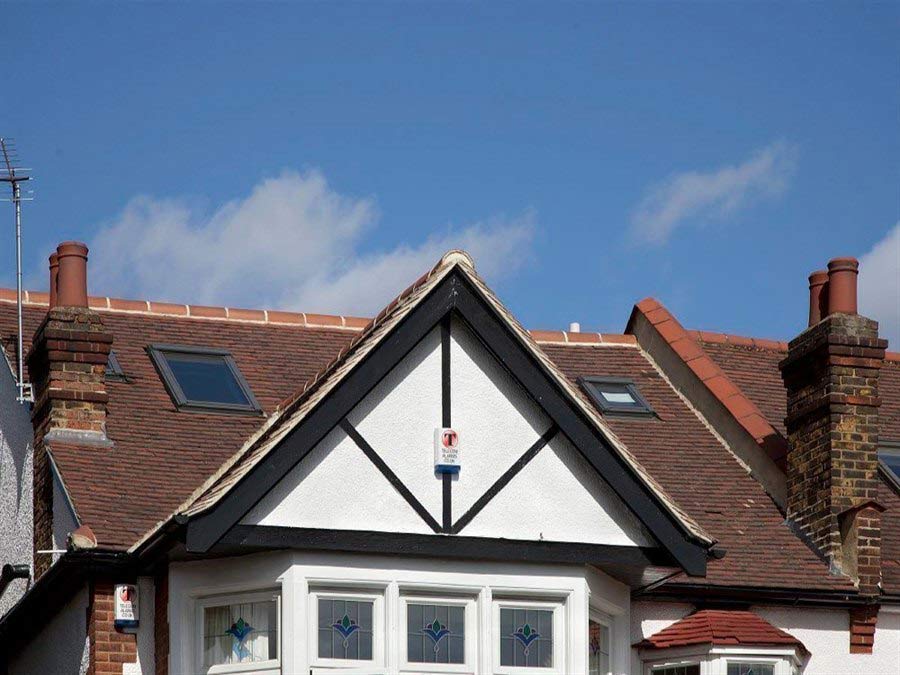
For any construction project, there will always be some variables involved which can change the length of time it takes to complete. For a loft conversion, one of the biggest variables is the weather. And whilst the weather can definitely have an impact on your loft build, it shouldn’t be something that deters you from going ahead and taking the plunge into converting your loft.
Can a loft conversion take place during adverse weather conditions?
The good news is that there are certain things that loft build specialists can do to mitigate bad weather conditions. For example, to reduce the effect of heavy rain, the most common mitigation method is to install a ‘tin hat’ above the loft on scaffolding. A tin hat is corrugated tin sheets which, when attached to the scaffolding above your loft, protect the open roof from the worst of the wind and rain.
Another way to mitigate the effects of bad weather is to think about the time of year that you’re converting your loft. In the winter months, we’d almost always advise having a tin hat installed. In the summer months, you may be able to convert your loft without the need for one. But as we all know, the great British weather doesn’t always play ball, so it’s not a given that if you convert your loft in the summer months you’ll be able to go without overhead protection. At any time of year, having a tin hat installed to help with the weather conditions could really help to keep your loft build on track.
Are all types of loft conversion affected by bad weather?
It’s worth bearing in mind that some lofts can be converted without the need to take off the whole roof. For example, skylight conversions or a dormer conversion can often take place with just one side of the roof being removed. This means that your loft space is only being exposed to the elements from one angle. In this instance, a thick polyurethane sheet can be used to protect against wind and rain instead.
Bear in mind that for a mansard conversion or a hip to gable loft conversion, you will often need a tin hat, because both sides of the roof will be removed in order to complete the loft build.
Is it only the wind and rain that can affect my loft conversion?
As well as wind, rain and storms, some parts of the loft build can be affected by aspects such as temperature. Certain building materials – such as brickwork and blockwork – do not perform well at low temperatures. Therefore, if you’re converting your loft during the winter months, you need to be aware that your project may have to be temporarily paused if temperatures drop too low.
Will the weather extend the time it takes to complete my loft room?
The weather will always be a variable when it comes to converting your loft. Tin hats and polyurethane sheets can protect against the elements to a good extent, and protect the rest of your home at the same time too. But no matter how much you protect against the wind and rain, the weather is a factor that simply cannot be predicted. The safety of the contractors is also always first and foremost for any good loft conversion specialist, and in any loft conversion, you must bear in mind that the build could take longer than originally anticipated.
Ready for a loft conversion whatever the weather? Contact Bespoke Lofts!
If you’re ready for a loft conversion and prepared for the loft build whatever the weather, contact Bespoke Lofts. We are able to convert your loft year-round, and will always take steps to protect your home against the elements. Get in touch today for a loft conversion to see you through all weathers.